The Blood plasma plays a vital role as the liquid part of blood in the human body. Therefore, the blood plasma is also used in medical and pharmaceutical fields of application.
What is blood plasma?

At Blood plasma it is the non-cellular or liquid part of blood. The human blood consists of approx. 55% blood plasma.
In healthy people, the blood plasma has a clear, light yellow color. While the blood plasma consists of approx. 90% water, its remaining components are composed of so-called electrolytes (mainly salts), hormones, proteins, carbohydrates and various breakdown products. The exact proportionate composition of the blood plasma is designed individually for each person - on the statistical average, gender also plays a role here.
About 120 different important proteins are contained in the blood plasma - for example antibodies and coagulation factors (for the purpose of blood clotting).
Medical & health functions, tasks & meanings
The Blood plasma Initially assumes important transport functions in the human organism. Among other things, the plasma serves as a vehicle for blood cells, glucose and carbon dioxide.
Various proteins contained in the blood plasma bind metabolic products and salts and ensure a water balance between tissue and blood vessels. Thus, the blood plasma plays a key role in regulating the fluid balance. The blood plasma also plays an important role in an intact body's own immune system - the antibodies contained in the plasma fight pathogens, for example, and thus protect the body against infections. The coagulation factors contained in blood plasma ensure, for example, that blood loss as a result of injuries is limited.
In medicine and pharmacy, the proteins contained in the blood plasma are particularly important. Blood plasma cannot be produced artificially, so that plasma from donors is used. Blood plasma is used both in the treatment of severe and / or chronic diseases and in emergency medicine. Among other things, human blood plasma is an important basis for the production of various drugs that are used, for example, to combat haemophilia / hemophilia (including coagulation factor preparations), autoimmune diseases, antibody deficiencies, sepsis / blood poisoning or serious infections (e.g. immunoglobulin preparations).
Last but not least, the blood plasma is not only used in medicine for the production of drugs - the plasma is also administered in direct form to patients who suffer from high blood loss as a result of accidents or operations.
Illnesses, ailments & disorders
Is that human Blood plasma impaired in terms of its functionality, this often leads to health complaints in those affected. Pathological changes in the plasma can appear, among other things, with regard to the concentration of proteins contained and also with regard to the plasma volume.
In the context of so-called monoclonal gammopathy, for example, the concentration of an immunoglobulin, which is one of the proteins, is significantly increased in the blood plasma. Monoclonal gammopathy is often symptom-free and does not lead to organ damage - the shift in protein concentration in the blood plasma on which the disease is based can, however, lead to diseases such as multiple myeloma in the course of the disease: The cancer can cause symptoms such as weight loss, susceptibility to infection, anemia (anemia ) as well as a breakdown of the bone substance. Other forms of immunoglobulin increase, for example, lead to liver disease in various cases.
A lack of antibodies in the blood plasma can make people more susceptible to infections. For the health of a person it is also important that the pH of the blood plasma is in the basic range (approx. 7.3 to 7.5). If this is not the case, there is often a threat to life. A restricted carrier function of the proteins in the blood plasma can lead to various metabolic disorders in humans, while an impairment of the coagulation factors often leads to coagulation disorders.
Last but not least, blood plasma can provide valuable information in the context of medical diagnostics - existing plasma changes can often contribute to suspected diagnoses with regard to a disease that is present in an individual case. For example, what is known as acute dysproteinemia (impaired protein distribution in the blood plasma) can be the result of acute infections, necrosis (death of cells) or heart attacks.
Typical & common blood disorders
- Acute lymphoblastic leukemia
- Acute myeloid leukemia
- Chronic lymphocytic leukemia
- Chronic myeloid leukemia
- Blood poisoning

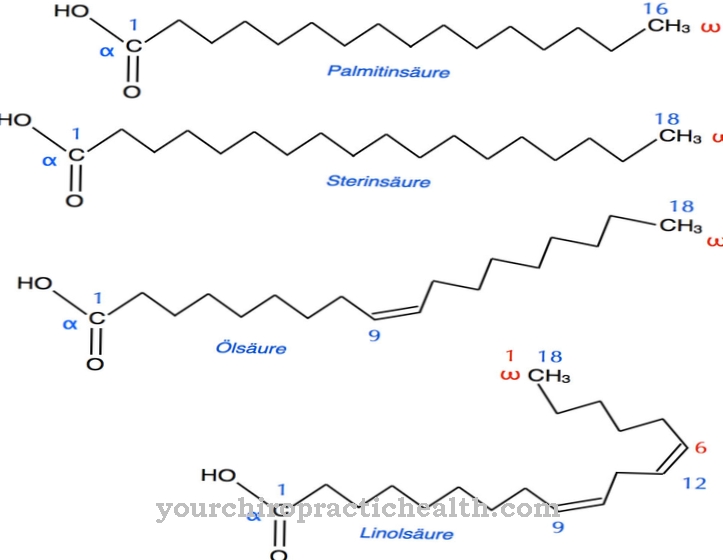
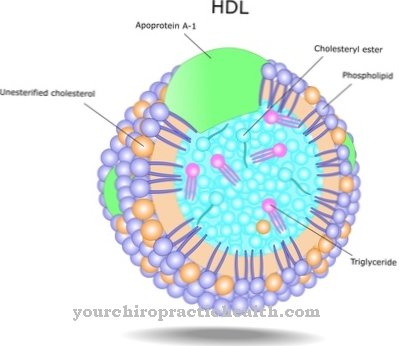

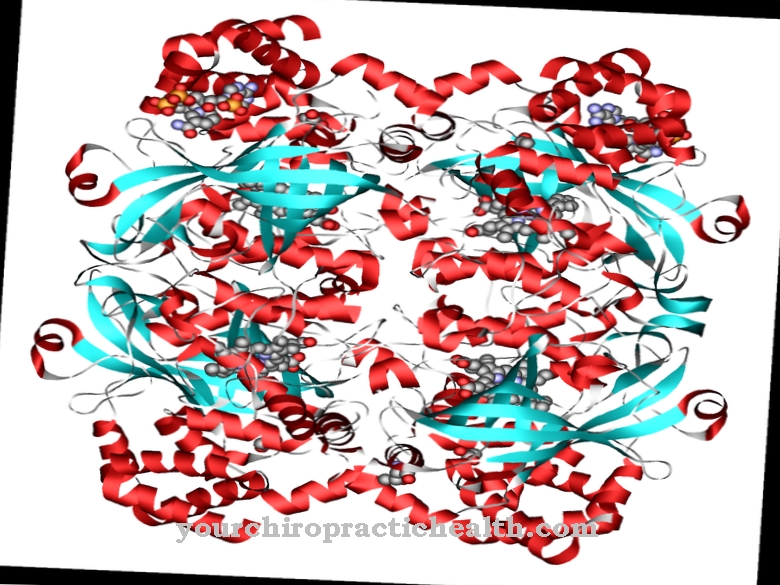
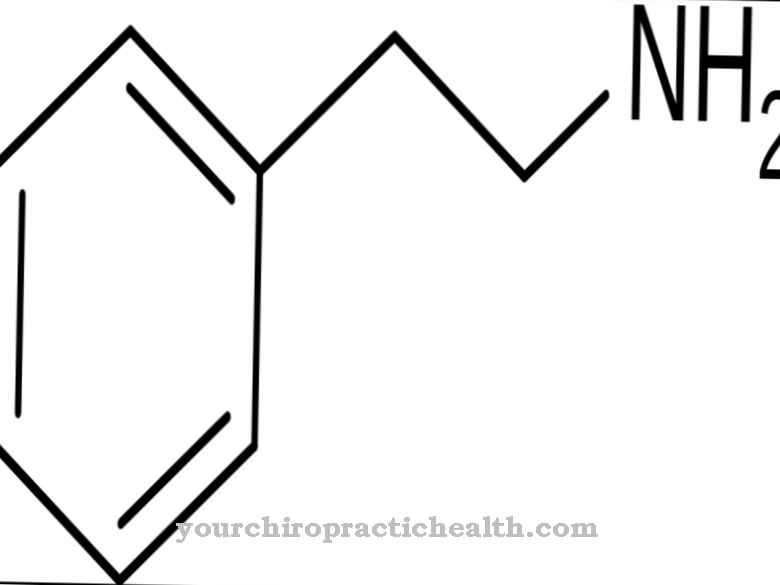
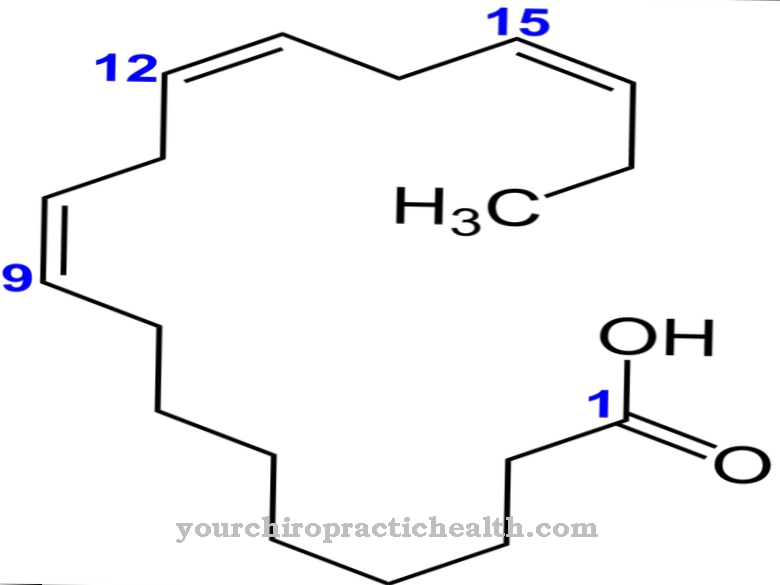

















.jpg)



